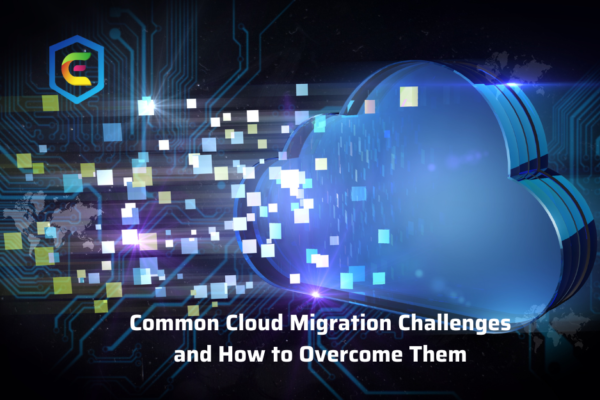
Cloud migration has become a necessity for businesses seeking agility, scalability, and cost-effectiveness. However, transitioning from on premise infrastructure to the cloud is not without its challenges. Companies often encounter technical, financial, and operational roadblocks that can hinder the migration process. This article explores the common challenges of cloud migration and strategies to overcome them.
Lack of a Clear Migration Strategy
One of the biggest mistakes organizations make is migrating to the cloud without a well-defined strategy. Without a clear roadmap, businesses can experience unnecessary downtime, increased costs, and poor performance.
Solution:
- Conduct a thorough cloud readiness assessment to understand the business needs and technical requirements.
- Define clear objectives, such as cost savings, improved performance, or enhanced security.
- Choose a suitable migration approach—lift-and-shift, re-platforming, or re-architecting—based on your organization’s goals.
Data Security and Compliance Risks
Data security is a major concern during cloud migration. The risk of data breaches, loss, or non-compliance with industry regulations can be daunting.
Solution:
- Choose a cloud provider with robust security measures, including encryption, access controls, and compliance certifications (ISO 27001, SOC 2, GDPR, HIPAA, etc.).
- Implement multi-factor authentication (MFA) and role-based access control (RBAC) to protect sensitive data.
- Conduct regular security audits and compliance assessments.
Downtime and Performance Issues
Unexpected downtime during migration can disrupt business operations and result in revenue loss. Additionally, performance issues can arise due to improper resource allocation.
Solution:
- Use a phased migration approach instead of migrating everything at once.
- Leverage cloud monitoring tools to track performance and optimize resources.
- Conduct performance testing before, during, and after migration to identify bottlenecks and fine-tune cloud configurations.
Cost Management and Budget Overruns
While cloud computing is often cost-effective, unexpected expenses can arise due to inefficient resource utilization and hidden fees.
Solution:
- Perform a cost-benefit analysis before migration to estimate potential expenses.
- Use cloud cost management tools to monitor usage and optimize spending.
- Implement auto-scaling and reserved instances to manage costs efficiently.
Application Compatibility and Integration Challenges
Not all applications are cloud-ready, and some legacy systems may require significant modifications to function in a cloud environment.
Solution:
- Conduct an application dependency analysis to understand compatibility requirements.
- Modernize or refactor legacy applications for better cloud integration.
- Utilize APIs and middleware solutions to bridge the gap between on-premise and cloud applications.
Conclusion
Cloud migration presents numerous challenges, but with the right approach, businesses can successfully transition to the cloud while minimizing risks. By defining a clear migration strategy, prioritizing security, optimizing costs, and leveraging expert support, organizations can unlock the full potential of cloud computing. Preparing for these challenges in advance ensures a seamless and efficient migration process, enabling businesses to reap the benefits of cloud technology.